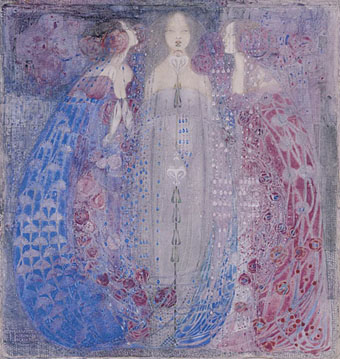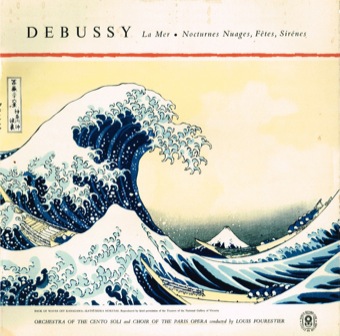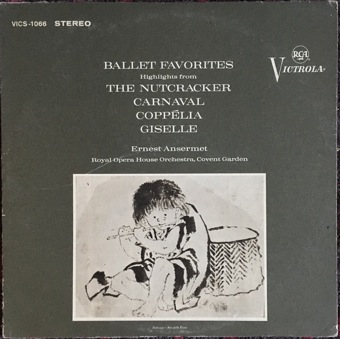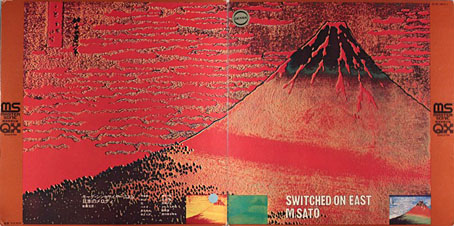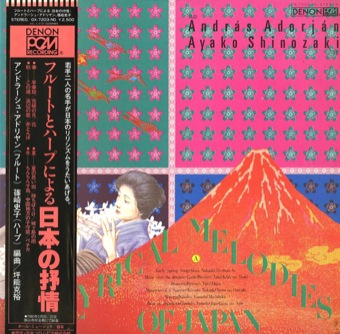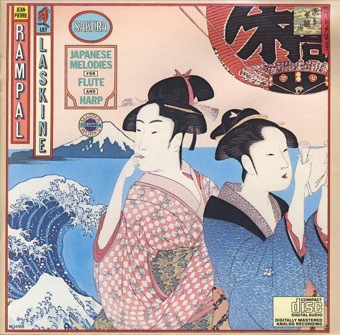The Three Perfumes (1912) by Margaret Macdonald Mackintosh.
• “…we have empowered this monopoly to strike fear into the hearts of authors. And that may be unprecedented in history. Through our own complicity as consumers, their market share only grows.” Dave Eggers talking to Rachel Krantz about the dominance of Amazon, and his new novel, The Every.
• “People will readily flock to yoga and Pilates classes, but how many show up for soundscape therapy or take a sound-walk?” Bernie Krause on the healing powers of quietude, the Ba’Aka tribe, and Japanese forest bathing.
• “Difficulty is my drug of choice, I guess.” Dennis Cooper (again) talking to Troy James Weaver about his new novel, I Wished.
• At Wormwoodiana: Mark Valentine reviews Shadows of London by Jonathan Wood.
• Robert Fripp’s drive to 1981: Joe Banks on Discipline and the return of King Crimson.
• End times and rapture: Ken Hollings remembers Richard H. Kirk.
• Daniel Spicer on The Strange (Parallel) World of Miles Davis.
• Mix of the week: XLR8R Podcast 715 by Uffe.
• Steven Heller’s font of the month is Oposta.
• Perfumed Metal (1981) by Chrome | Ode To Perfume (1982) by Holger Czukay | Perfume (2006) by Sparks

